The Chernobyl Disaster: A Brief Overview
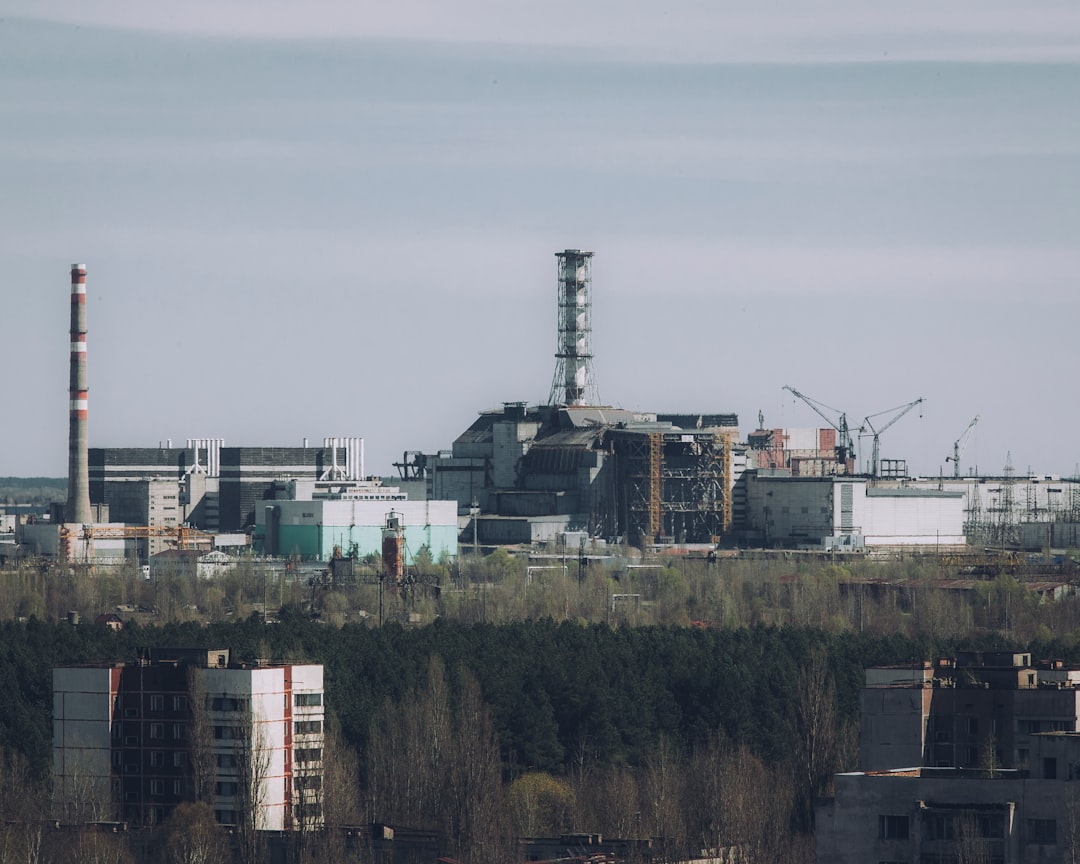
The Chernobyl disaster on April 26, 1986, shocked the world with its scale and consequences. Reactor No. 4 at the Chernobyl Nuclear Power Plant exploded during a late-night safety test, releasing radioactive material across Europe. According to UNSCEAR, the disaster discharged about 400 times more radioactivity than the Hiroshima bomb, contaminating swathes of Ukraine, Belarus, and Russia. In the immediate aftermath, over 100,000 people were evacuated from nearby towns and villages, including the city of Pripyat, which remains abandoned. The Soviet government initially attempted to keep the incident secret, but radiation alarms in Sweden forced international acknowledgment. The Exclusion Zone, set up to contain the spread of radioactive contamination, now covers around 2,600 square kilometers. As of 2024, the site continues to be monitored by Ukrainian and international agencies, who track radiation levels and the structural integrity of the damaged reactor.
Myths About Radiation Exposure
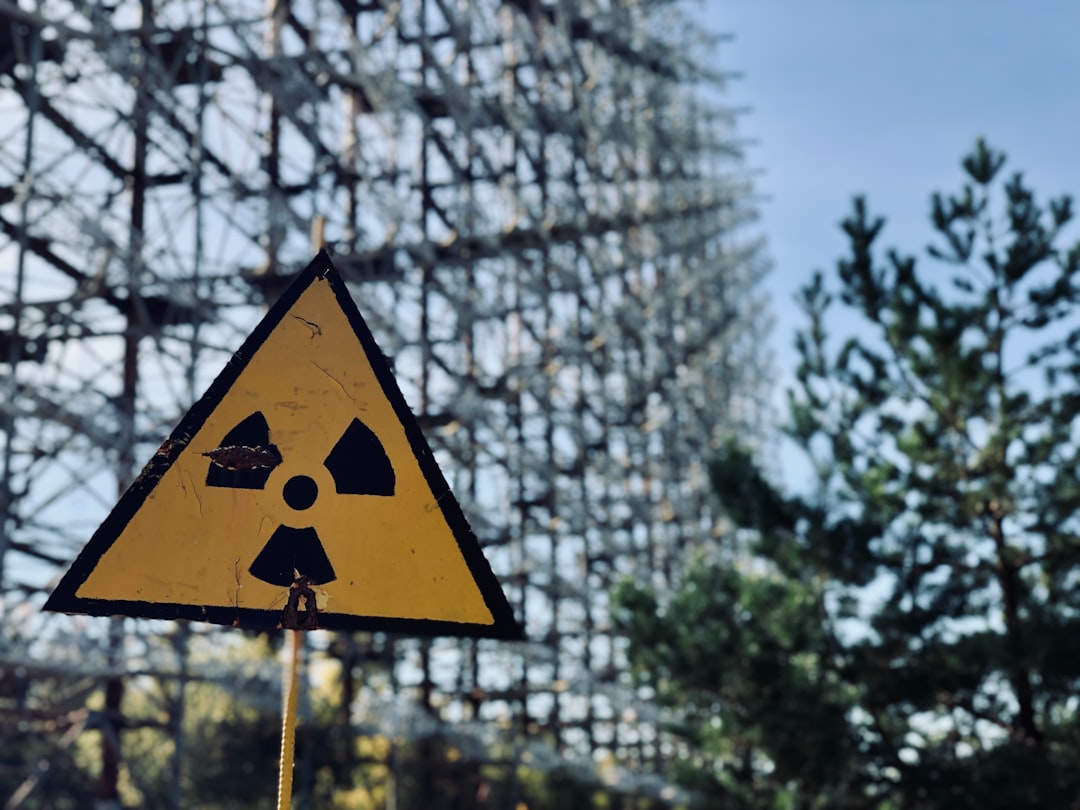
A common myth is that any exposure to radiation in the Chernobyl Exclusion Zone is instantly fatal or causes severe illness. In fact, the World Health Organization (WHO) and UNSCEAR clarify that the effects of radiation depend on dose, duration, and type of exposure. Recent research has shown that some areas within the Exclusion Zone now have radiation levels comparable to background levels in some parts of Europe. A 2023 study in *Radiation Research* found that many workers and returnees exposed to low levels of radiation in Chernobyl have not experienced significant increases in cancer or other illnesses beyond what is expected in the general population. Dosimeters carried by tourists and scientists indicate that brief visits to certain parts of the zone expose individuals to less radiation than a transatlantic flight. Misunderstandings about radiation risk remain widespread, often fueled by dramatic media portrayals rather than scientific evidence. This has led to ongoing stigma for those associated with the region, despite improving conditions.
The Health Impact on Local Populations

Initial health fears after the disaster were justified, especially regarding thyroid cancer among children exposed to radioactive iodine. According to the Chernobyl Forum’s 2022 report, over 6,000 cases of thyroid cancer have been linked to the accident, mostly among those exposed as children or adolescents. However, the same report notes that with proper treatment, most patients have recovered. The World Health Organization estimates that, among the highest-exposed populations, up to 4,000 additional cancer deaths could eventually be attributed to Chernobyl, but these numbers are far lower than early predictions. Recent studies indicate that there has been no significant increase in birth defects or genetic damage among children born to survivors. In 2024, health monitoring continues in Ukraine, Belarus, and Russia, with ongoing screening programs for at-risk residents. While many still suffer from health issues, particularly mental health impacts, the predicted widespread health catastrophe has not materialized.
The Environmental Recovery of the Exclusion Zone

The Chernobyl Exclusion Zone is often imagined as a barren wasteland, but recent ecological studies tell a different story. Since humans left, wildlife has flourished: the 2024 Chernobyl Research Initiative documented a 20% increase in animal populations compared to neighboring regions. Wolves, wild boar, moose, lynx, and dozens of rare bird species thrive amid abandoned villages and forests. University of Portsmouth researchers monitoring biodiversity in the zone found that, despite elevated radiation in some hotspots, ecosystem health is surprisingly robust. Some animals show signs of adaptation, though scientists caution that long-term effects are still under study. In 2023, Ukrainian authorities and international conservationists began new projects to monitor endangered species, using the zone as a living laboratory for understanding resilience. The recovery challenges the assumption that radioactive contamination always results in environmental collapse.
The Role of Tourism in the Exclusion Zone
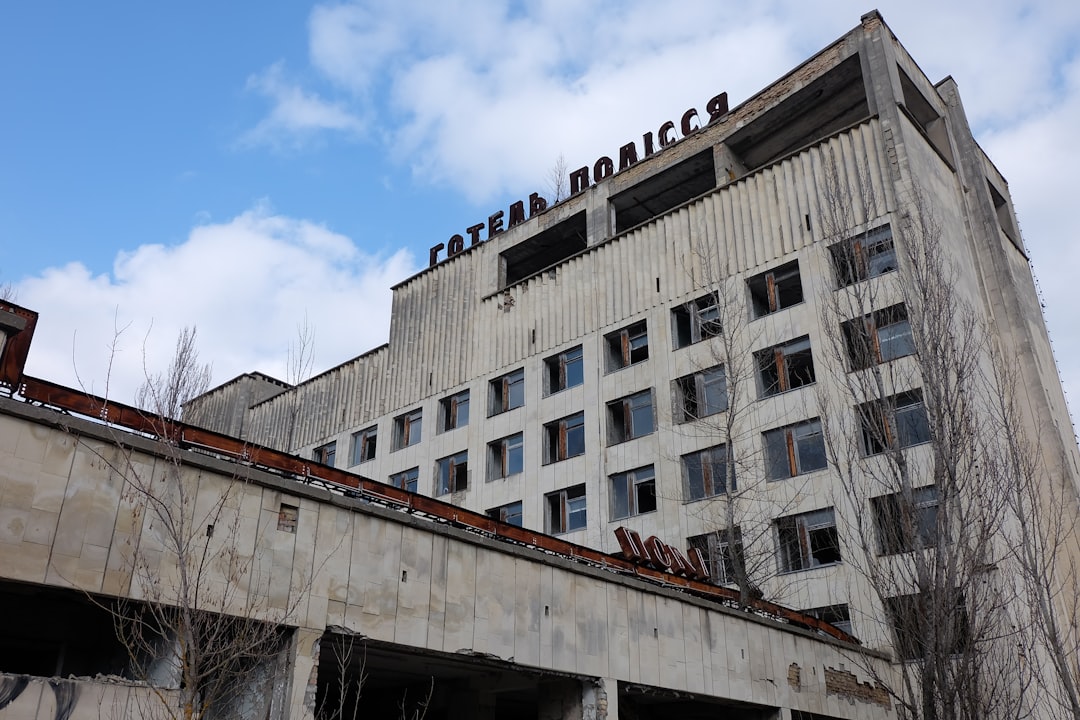
Tourism in the Chernobyl Exclusion Zone has grown rapidly, with Ukrainian government figures showing more than 100,000 visitors in 2023. Guided tours are carefully regulated, focusing on areas with lower radiation and emphasizing safety protocols. Tourists visit iconic sites like Pripyat’s abandoned amusement park, the Duga radar, and the massive New Safe Confinement arch. The Ukrainian Ministry of Culture’s 2024 report highlighted that tourism brings much-needed revenue to local communities and funds site preservation. However, increased foot traffic poses risks of environmental disturbance and potential theft of artifacts. Guides now undergo rigorous training on radiation safety and Chernobyl’s history to ensure accurate information. Debate continues about the ethics of disaster tourism, but many experts agree that responsible tourism can raise awareness of nuclear safety and historical memory.
The Impact of the 2022 Russian Invasion
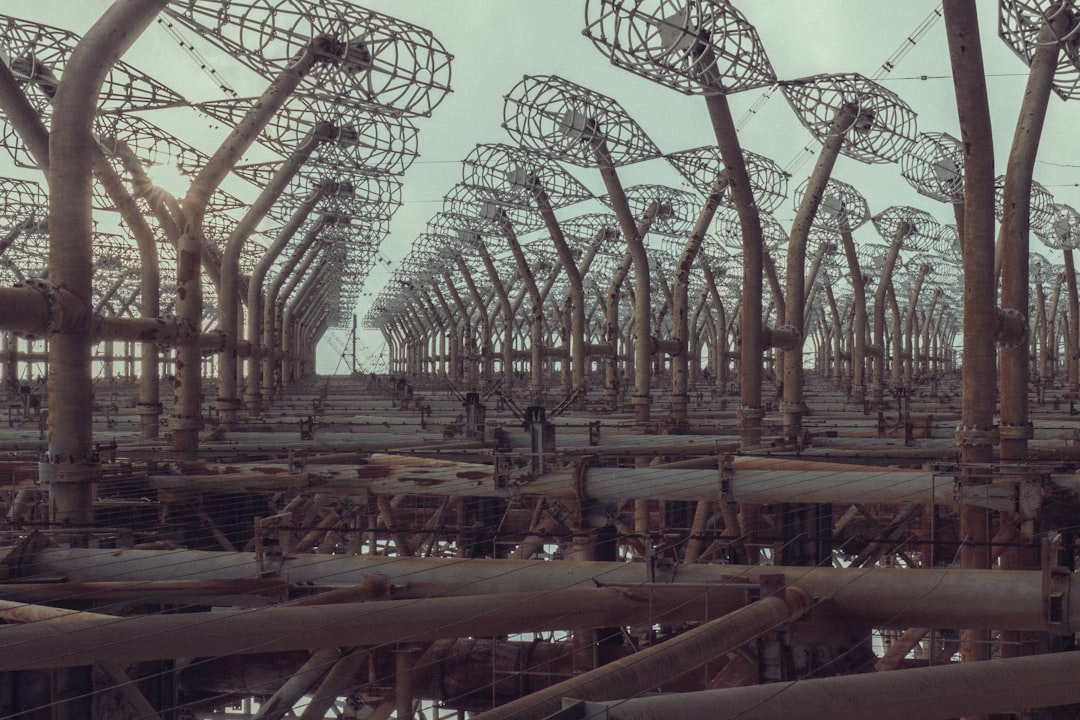
The Russian invasion of Ukraine in February 2022 thrust the Chernobyl site back into global headlines. Russian forces occupied the Exclusion Zone for over a month, raising alarms about the safety of the reactor ruins and the spent nuclear fuel storage facilities. The International Atomic Energy Agency (IAEA) conducted a thorough assessment in 2023, finding no significant damage to the New Safe Confinement or increased radioactive releases. However, Ukrainian authorities reported that military vehicles disturbed radioactive dust, causing temporary spikes in local radiation readings. Workers at the plant were held hostage for weeks, leading to international condemnation and calls for better protection of nuclear sites in conflict zones. The occupation exposed vulnerabilities in the security of nuclear facilities during wartime, prompting the United Nations to discuss new protocols for safeguarding such sites.
Myths Surrounding the Sarcophagus and New Safe Confinement
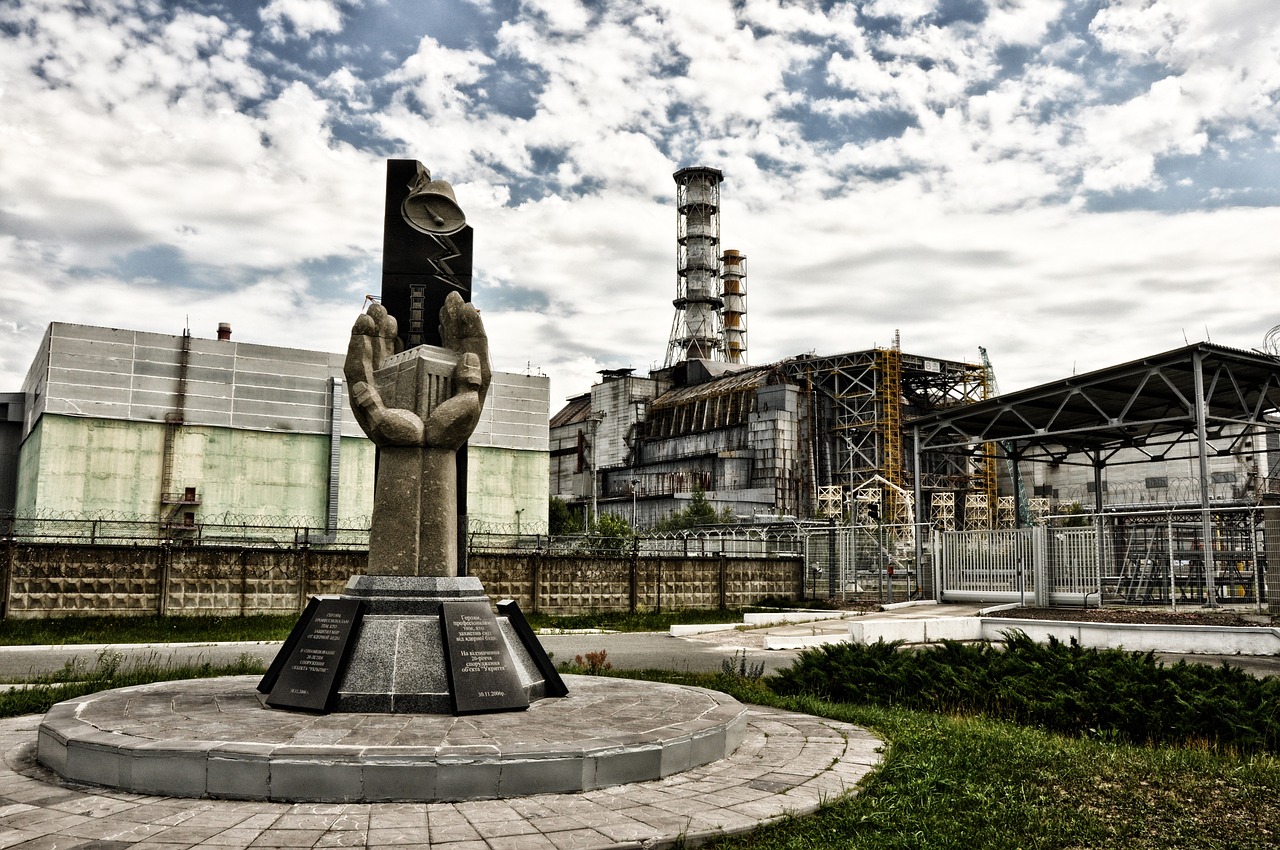
After the explosion, the original sarcophagus—a massive concrete shell—was hastily constructed to contain the radioactive debris. Many believed it would last indefinitely, but by the early 2000s, cracks and structural weaknesses threatened its integrity. The New Safe Confinement, a €1.5 billion steel arch completed in 2016, now covers the sarcophagus and is designed to last at least 100 years. The arch, one of the largest movable structures ever built, allows engineers to dismantle the old sarcophagus and begin decommissioning the reactor. Inspections in 2024 by Ukrainian and European engineers confirm that the structure remains secure, with radiation leakage at the site significantly reduced since its completion. Concerns about imminent collapse have subsided, replaced by long-term planning for waste removal and site cleanup.
Psychological Effects of the Disaster

The psychological legacy of Chernobyl remains severe, even decades after the explosion. A 2023 study in *The Lancet Psychiatry* found that 40% of evacuees continue to experience PTSD symptoms, with anxiety and depression also widespread. The evacuation, forced resettlement, and persistent stigma of being labeled a “Chernobylite” have led to social isolation and discrimination. Mental health programs launched in 2024 by Ukrainian NGOs and international partners focus on counseling, community support, and destigmatization. Special attention is paid to children of survivors, who may inherit trauma even if not directly exposed to radiation. The United Nations reports that psychological harm is among the most enduring consequences of the disaster, shaping community identity and relationships for generations. Continued research aims to develop better interventions for populations affected by nuclear accidents.
The Future of Nuclear Energy Post-Chernobyl
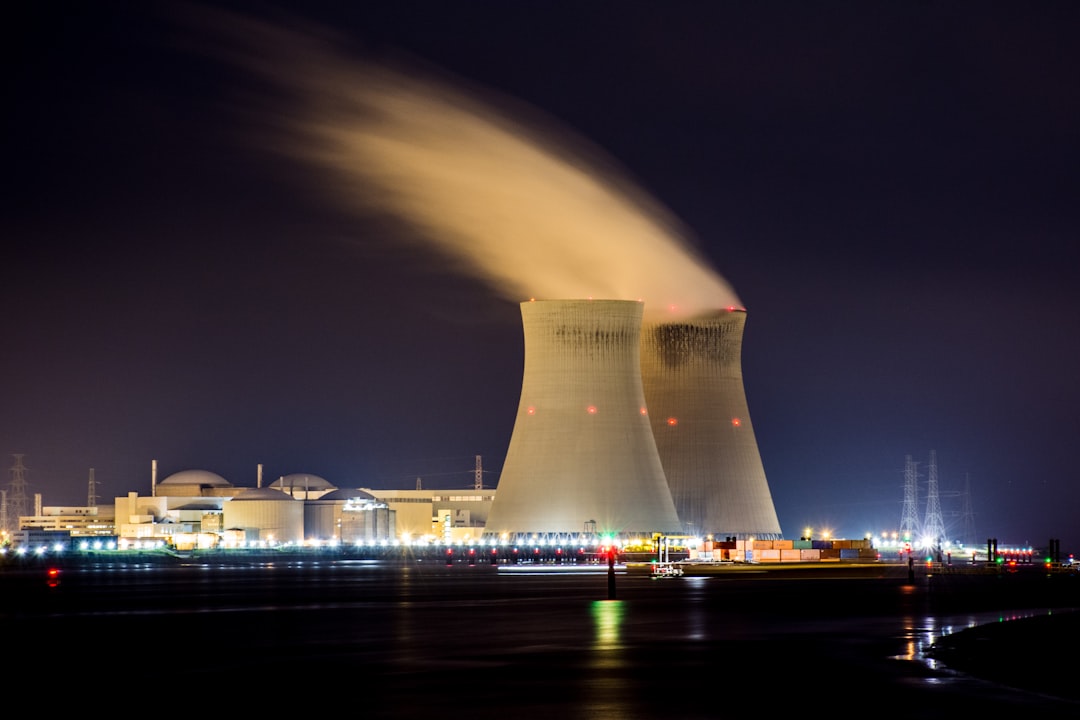
Chernobyl drastically altered the trajectory of global nuclear energy policy, with many countries imposing stricter safety regulations or abandoning nuclear projects. In the wake of the disaster, Germany, Italy, and others scaled back or phased out nuclear power. However, the International Energy Agency (IEA) reported in 2024 a renewed interest in nuclear energy, driven by the urgent need for low-carbon electricity to combat climate change. New reactor designs emphasize passive safety systems and robust containment measures, directly addressing lessons learned from Chernobyl. Ukraine has announced plans to build new reactors using Western technology, aiming for higher safety standards. The debate continues: nuclear advocates point to its reliability and low emissions, while critics cite the enduring risks highlighted by Chernobyl and Fukushima. International collaboration on safety and waste management remains a top priority.
The Legacy of Chernobyl in Popular Culture
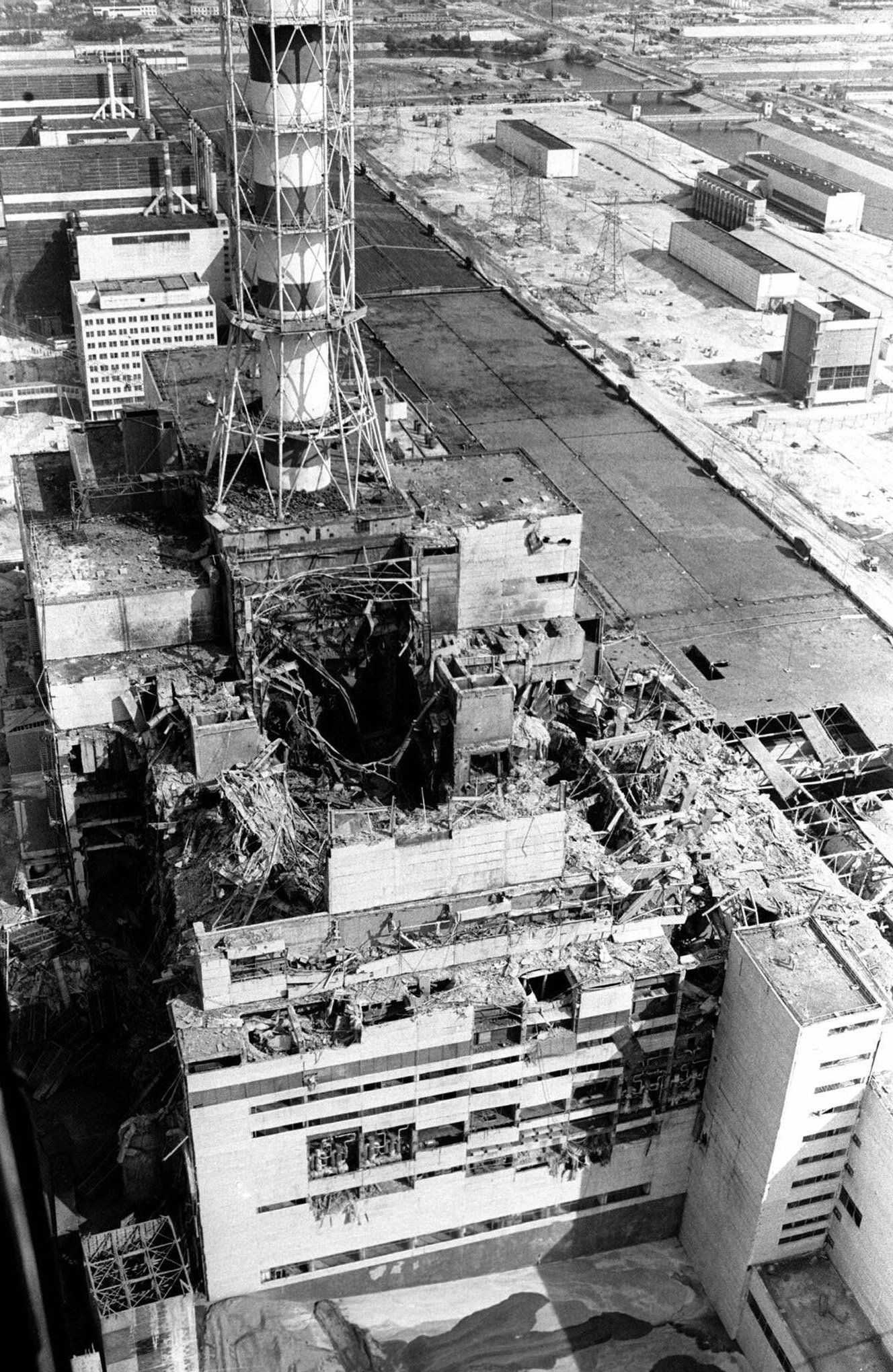
Chernobyl’s story has inspired countless works in film, television, and literature. The HBO miniseries “Chernobyl,” released in 2019, brought a new generation’s attention to the disaster, winning Emmy and BAFTA awards. Interest in the Exclusion Zone surged after the show, with 2024 seeing new documentaries, novels, and video games exploring the human and environmental aftermath. Ukrainian filmmakers have produced their own documentaries, focusing on survivor stories and local perspectives. Museums and exhibitions worldwide now feature Chernobyl artifacts and oral histories, ensuring the lessons are not forgotten. The disaster’s cultural impact highlights the enduring importance of transparency, accountability, and ethical debate in the management of nuclear energy.




